Napoleon comes to town
Time was you couldn’t swing a cat, let alone drive through central Madrid without hitting a church or monastery. A lack of urban planning meant that the city’s narrow streets were stifled by religious institutions. That was until Bonaparte’s troops rolled into town. The new ruler, Napoleon’s brother, Joseph, decided to modernize the city and ordered the demolition of churches and monasteries to make way for new squares, thus creating some of Madrid’s most famous urban spaces: the Plaza Santa Ana, Plaza de la Cebada, Plaza de Ramales and Plaza de Oriente to name but a few.
The king of the plazas
Joseph’s path of destruction during his short reign from 1808 to 1819 earned him the nickname el rey plazuelas (the king of the squares) and though he may not have been very popular in his day, Joseph gave the city some of its loveliest spaces; wide open squares in which it’s possible to while away the hours drinking a café con leche while watching the world pass by at a sedate pace. However, according to Secretos de Madrid, one thing the city lost forever during this time was Velazquez’s bones. Interred in the church of John the Baptist in 1660, the artist’s remains were destroyed along with the church to make way for the Plaza de Ramales.
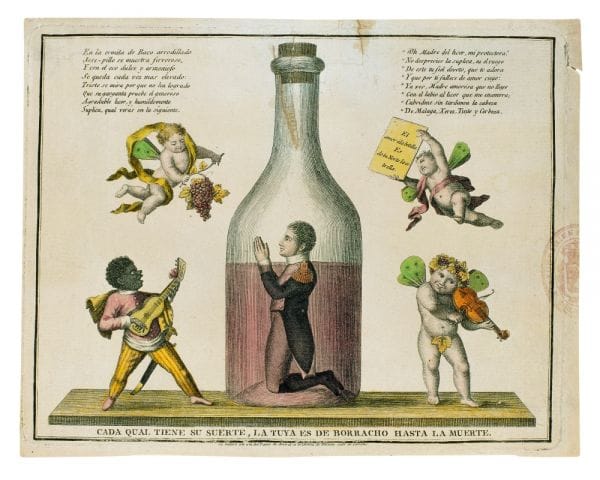
After Joseph was ejected from Spain, the church did not have much breathing space to lick its wounds before Prime Minster Juan Álvarez Mendizábal ordered the seizure of church property by the state to be auctioned off, the profits of which went to his cash-strapped government. From 1835 to 1837 a huge amount of formally church held land was sold to private owners and the city got even more public spaces, the largest of which is Tirso de Molina.
The Republic
The church was left to its own devices for nearly 100 years until in May 11 1931, just after the Republic was formed, churches in cities throughout Spain were set on fire by angry citizens. It was the first of many attacks to go largely unpunished in the new anti-religious era. Resentment against the church had long been festering among the country’s working class who found it hard to stomach the hypocrisy of the priests who preached self sacrifice and toil while enjoying a relatively cushy life supported by an institution that was not short of a bob or two.
The new regime was not at all pro Catholic and among other measures, banned priests from the teaching profession. Because of this and other policies such as the introduction of civil marriages, Rome reacted like other major landowners in Spain and threw its support behind Franco, thus inciting further attacks on church properties. A reminder of this violent episode in the church’s history can be seen in Lavapiés at the Escuelas Pías de San Fernando where a lovely library owned by UNED (Spain’s equivalent of the Open University) sits within the crumbled shell of church that was burned to the ground just a month before the start of the civil war on 19 June 1936.
Keen to find out more about the history of Madrid? See another side of the city with one of my unique walking tours.
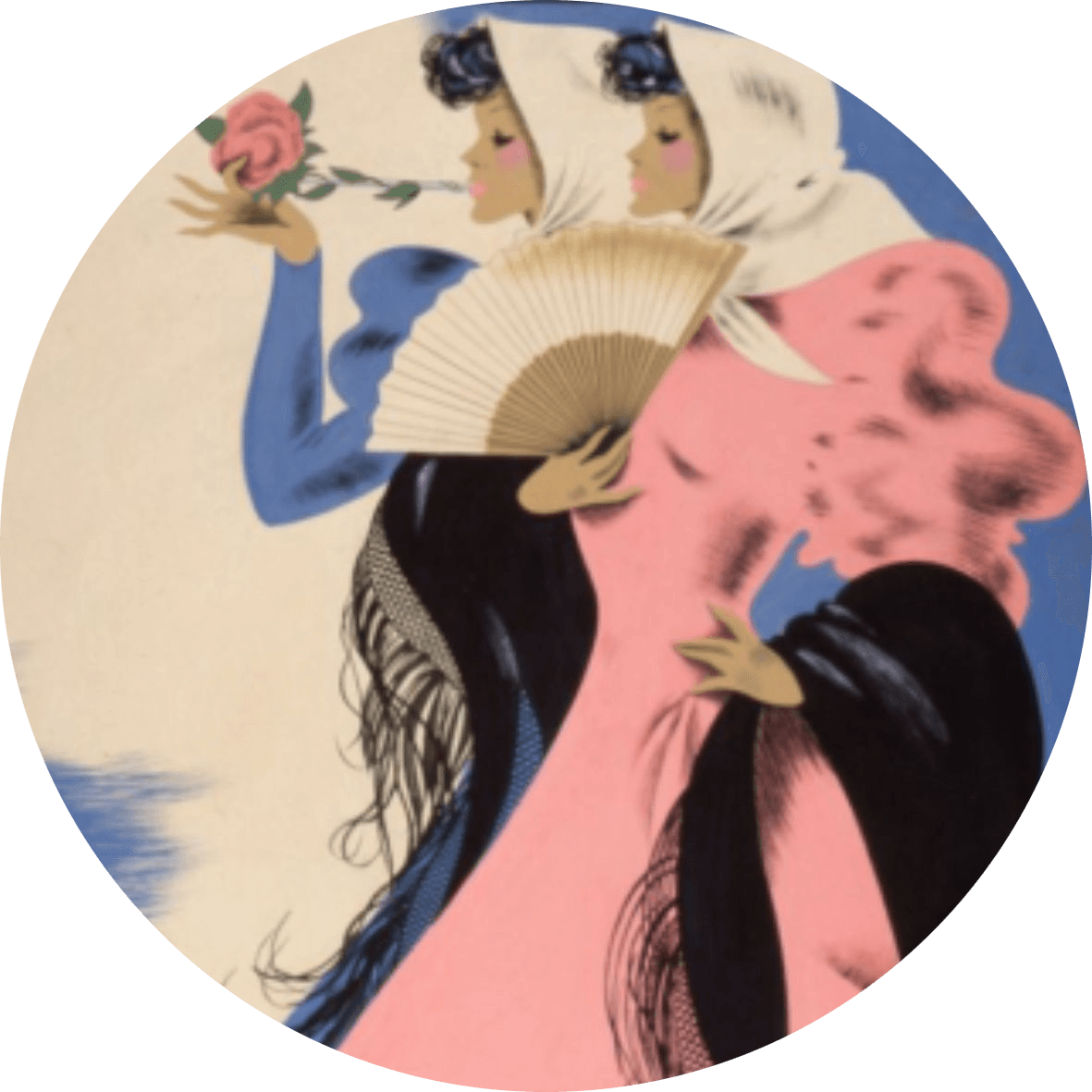
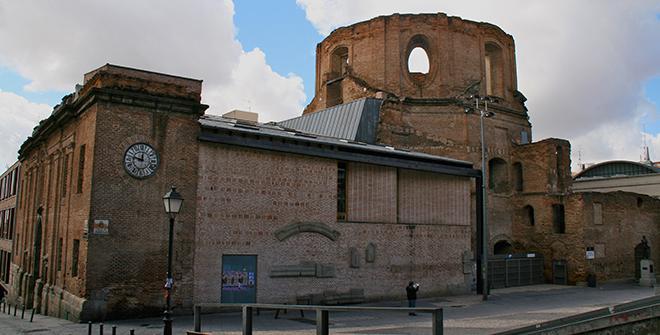
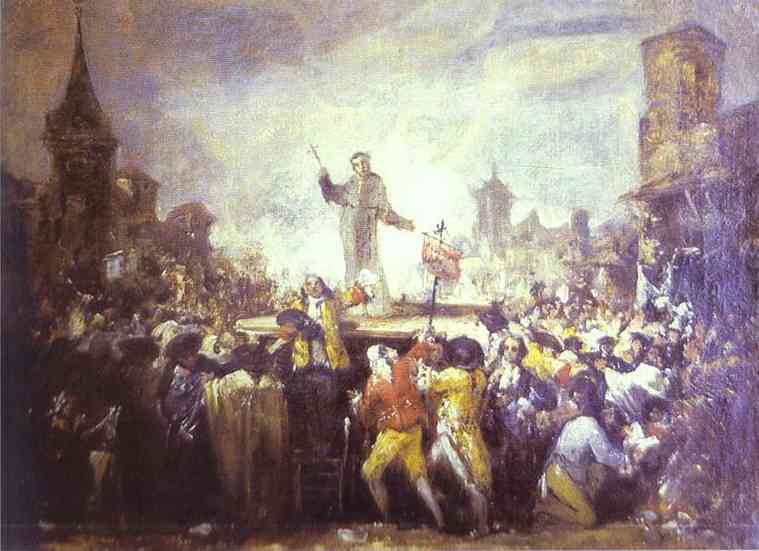
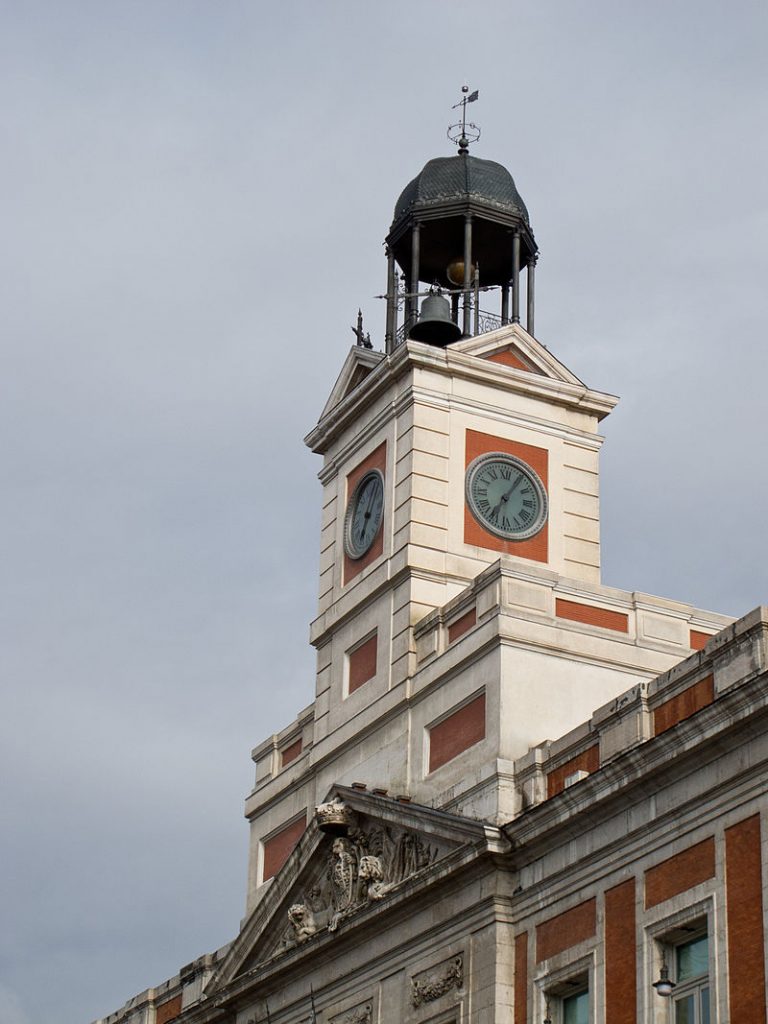
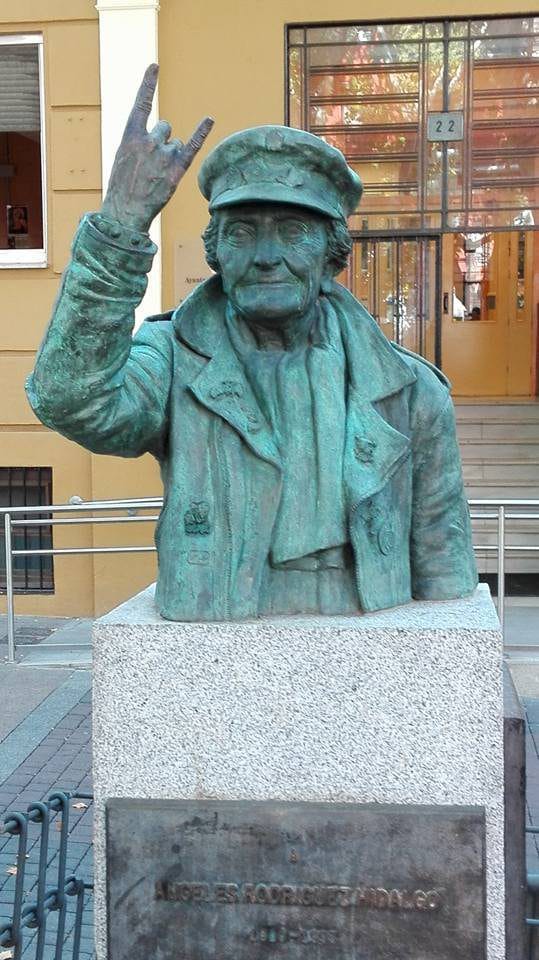
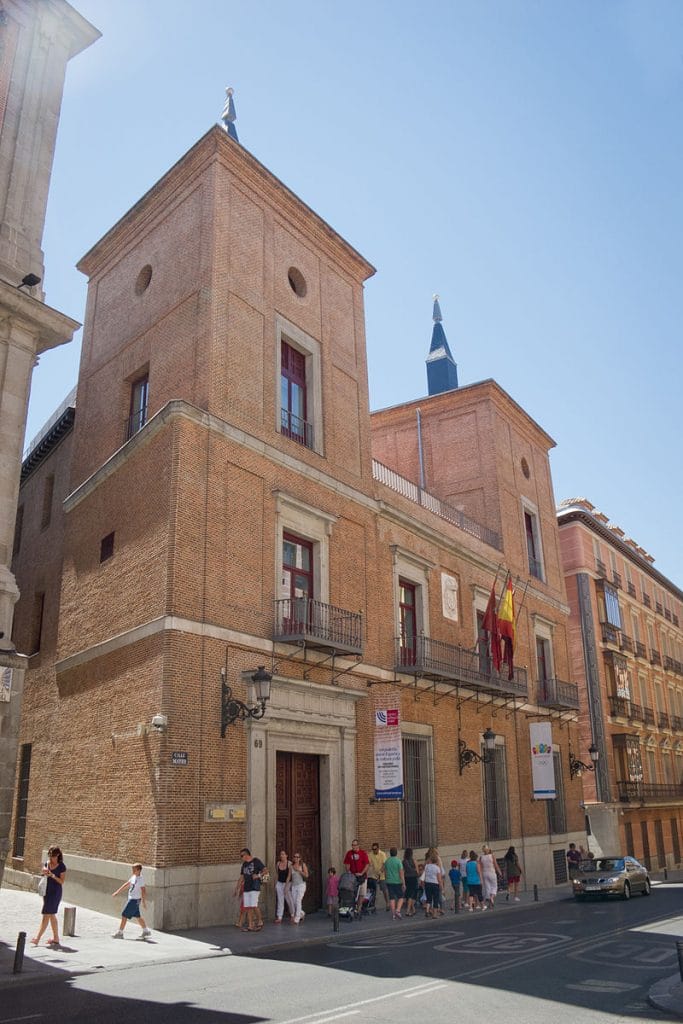
Pingback: Books about Madrid - The Making of Madrid